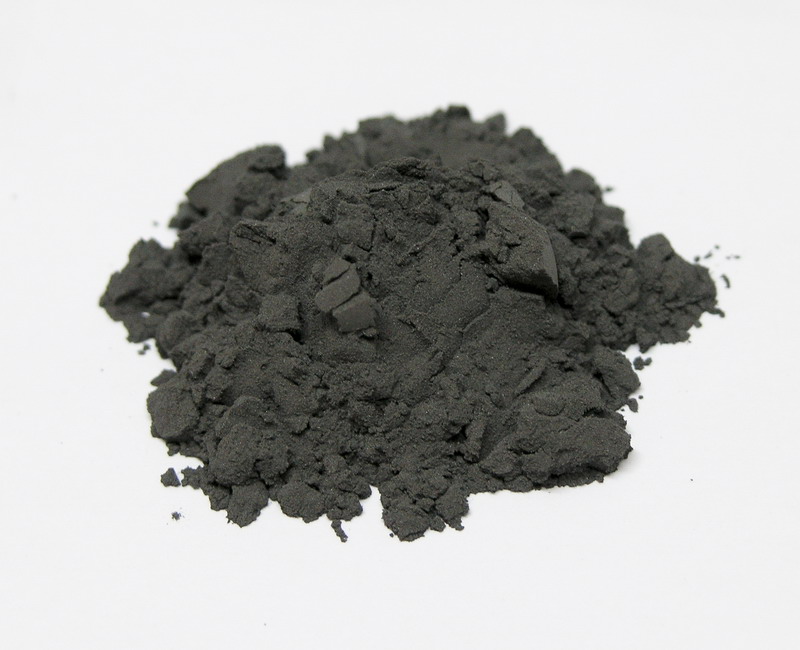- Home
- Products
- Elementary
- Boride Powder
- 3D Printing Powder
- Sulfide Powder
- Oxide Powder
- Carbide powder
- Nitride Powder
- Silicide Powder
- Hydride Powder
- Telluride Powder
- Selenide Powder
- Stearic Acid Series
- Phosphide Powder
- Nanoparticles
- Metal Alloy
- MAX Phase
- Lithium Battery Anode
- Surfactant
- Molecular sieves
- Concrete Admixtures
- News
- Answers
- Contact
- About
What is Hafnium Diboride HfB2 Powder?
The price of nickel and stainless steel rose together. Nickel afternoon hand in hand with stainless steel together turn red up. Due to the temporary easing of geopolitical risks, risk assets are now picking up, nonferrous metals, stock markets, and so on have risen, the overall mood has temporarily improved. Ore prices are strong, the overlay of the epidemic on spot logistics or the formation of a certain impact. Phase, nickel and stainless steel materials to maintain high wide concussion pattern.
Nickel prices based on low inventory, tight supply and demand will still show high wide fluctuations. In addition, the current LME has low liquidity, so its sensitivity to capital will remain relatively high. Shanghai nickel-wide fluctuations are expected to continue in the 200,000-250,000 yuan wide repeated fluctuation trend. While stainless steel is affected by the stronger nickel pig iron, the cost support continues, but note that under the current demand is not effectively released, the upward space may also be affected, the stage is expected to fluctuate between 20000 and 22,000 yuan. The price of nickel produced such fluctuations, indicating that the price of the HfB2 Powder may also be affected to a certain extent.
Introduction to Hafnium Diboride HfB2 Powder
Hafnium diboride or HfB2 is a gray-black metallic luster crystal. Its crystal structure belongs to the hexagonal system.
Physicochemical Properties of Hafnium Diboride HfB2 Powder
As an excellent high-temperature ceramic material, HfB2 has a high melting point (3380℃). It has high purity, small particle size, uniform distribution, large specific surface area, high surface activity, low loose density, high conductivity, and stable chemical properties. At room temperature, hafnium diboride reacts almost completely with all chemical reagents except HF.
| Hafnium Diboride HfB2 Powder Properties | |
| Other Names | hafnium boride, HfB2 powder |
| CAS No. | 12007-23-7 |
| Compound Formula | HfB2 |
| Molecular Weight | 200.112 |
| Appearance | black powder |
| Melting Point | 3250 °C |
| Boiling Point | N/A |
| Density | 10.5g/cm3 |
| Solubility in H2O | N/A |
| Exact Mass | 201.965161 |
Hafnium Diboride HfB2 Powder CAS 12007-23-7
Applications of Hafnium Diboride HfB2 Powder
Hafnium diboride is characterized by high hardness, high modulus, high thermal conductivity, and high electrical conductivity. Mainly used in high-temperature ceramics, high-speed aircraft nose cones and aviation, aerospace, and other fields. It is a potential candidate material for high-temperature ceramics and is often used as an ablative material in the high-temperature oxidation environment.
What is Ultra-High-Temperature Ceramics (UHTCs)?
Ultra-high temperature ceramics (UHTC) are a class of refractory with excellent stability at temperatures in excess of 2000 °C and are being investigated as possible materials for thermal protection systems (TPS), coatings for materials that withstand high temperatures, and materials for bulk materials heating elements.
Beginning in the early 1960s, the need for high-temperature materials from the emerging aerospace industry prompted the AIR Force Materials Laboratory to fund the development of a new material that could withstand the environments of proposed hypersonic aircraft such as the Boeing X-. Through a systematic study of the fire resistance of binary ceramics, they found that the early transition metals borides, carbides and nitrides had surprisingly high thermal conductivity, oxidation resistance, and reasonable mechanical strength. Among them, ZrB2 and HfB2 of the composites containing about 20% volume SiC have the best performance.
Broadly speaking, UHTC is a boride, carbide, nitride and oxide of early transition metals. Current efforts focus on heavy early transition metal borides, such as hafnium diboride (HfB2) and zirconium diboride (ZrB2). Other UHTC being investigated for TPS applications include hafnium nitride (HfN), zirconium nitride (ZrN), titanium carbide (TiC), titanium nitride (TiN), thorium dioxide (ThO2), Tantalum carbide (TaC) and related composites.
Diborides tend to have higher thermal conductivity but lower melting points than carbides and nitrides, which gives them good thermal shock resistance and makes them ideal for many high-temperature thermal applications.
Hafnium Diboride HfB2 Powder Price
Hafnium diboride HfB2 powder price is influenced by many factors including the supply and demand in the market, industry trends, economic activity, market sentiment, and unexpected events.
If you are looking for the latest HfB2 powder price, you can send us your inquiry for a quote. ([email protected])
Hafnium Diboride HfB2 Powder Supplier
Luoyang Tongrun Nano Technology Co. Ltd. (TRUNNANO) is a trusted global chemical material supplier & manufacturer with over 12-year-experience in providing super high-quality chemicals and Nanomaterials, including silicon powder, nitride powder, graphite powder, zinc sulfide, calcium nitride, 3D printing powder, etc.
If you are looking for high-quality hafnium diboride HfB2 powder, please feel free to contact us and send an inquiry. ([email protected])
Inquiry us